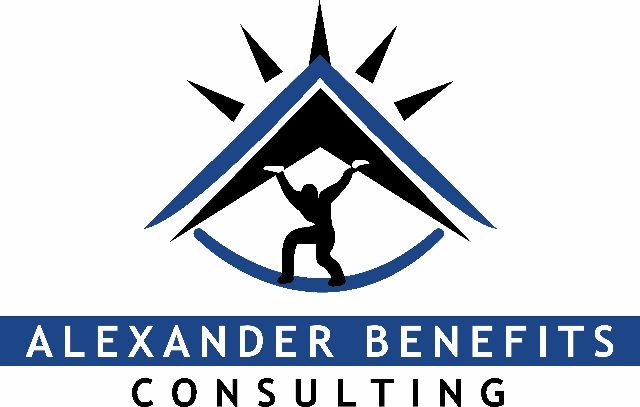Sep 1 2014 | Jessica Watts
This past weekend, college football kicked off in a big way. Those in the Austin office know I’m one of the biggest female fans of this collegiate sport. I’m not sure if it’s because I love the rules of the game, because my team just happens to be on a resurgence after many, many years of being the perennial doormat of the Big 12, or a combination of both. Combine that with my love for the rules of employee benefits, and somehow it seems that many conversations about college sports could open the door to a parallel discussion of employee benefits.
Discussion #1: Targeting
Targeting was a hot topic last year. In 2013, if booth review overturned a targeting penalty, it allowed the player to stay in the game, but still resulted in a 15-yard penalty. Luckily, the rules have been softened just a bit for the 2014 season, and rather than still being assessed a 15-yard penalty for an overturned targeting penalty, a player whose targeting foul is overturned will not be assessed a 15-yard penalty. There is a catch, though – if there is another penalty assessed at the same time (roughing the passer, kick-catch interference), the 15-yard penalty will still be assessed.
Sounds pretty similar to another rule we’re trying to spread the word about: transition relief for the employer mandate in 2015. The rules were also softened, but only for employers with 50-99 full-time employees (including equivalents). But how many employers in that group noticed the catch? They actually have to qualify for the transition relief. There are four steps that employers must meet to be granted a delay of the employer mandate until 2016. And if they miss those important steps, the penalty can still be assessed retroactively.
Discussion #2: Contrasting numbers on the jersey
What seems like a fairly straightforward rule – the player’s numbers must contrast with the jersey – is being challenged more as major athletic apparel companies compete for the most stylish, fashionable look. A school’s best bet is to be clear when approving uniforms to ensure there is no chance a team might be penalized (and lose timeouts) for noncompliant jerseys.
The same goes for employers offering coverage under the Patient Protection and Affordable Care Act (PPACA). Be clear about the coverage being offered. Is it affordable? Does it meet minimum value? If so, tout that to the employees. Tell them upfront whether the coverage meets the requirements of health care reform, and if it does, they won’t qualify for a premium tax credit or cost-sharing subsidy when obtaining coverage in the exchange. If employers make this clear upfront, it reduces the risk of employees incorrectly receiving a tax credit or subsidy and having to repay premiums on their tax returns next year.
Discussion #3: Ignore the commentary
Ever have the feeling that the game might be better with the sound turned off? Me, too. Sometimes the analysts and commentators drive me crazy with their incessant need to dissect every play. And sitting in the stands of a high school stadium on Friday nights can be just as frustrating, with parents who constantly criticize the referees and yell about rules that don’t even exist. Maybe it’s because I’m a rules geek, and maybe it’s because I’m married to a football official as well, but it takes every ounce of my being to sit there and not argue about what the correct rules really are.
This, too, translates to employee benefits. The rules are always changing, with incorrect information passed around every day. A great example was the recent IRS announcement that the percentage for affordability increased to 9.56 percent. All of a sudden, benefits publications everywhere informed employers that they could adjust their calculations for affordability up 0.06 percent. But that just wasn’t true. As it stands today, an employer relying on the safe harbor for the affordability test should continue to measure its contributions using the 9.5 percent figure. The increase to 9.56 percent was only for individuals seeking to qualify for premium tax credit in the marketplace. Sometimes we just have to tune out the commentary and investigate the answer ourselves. Relying on other sources is a nice convenience but doesn’t always result in the most accurate information.
When attending your next tailgate, use the opportunity to root for your favorite team, enjoy some delicious grilled food and unwind from a very busy open-enrollment season. But don’t forget – there’s always a way to bring the conversation back to employee benefits.
